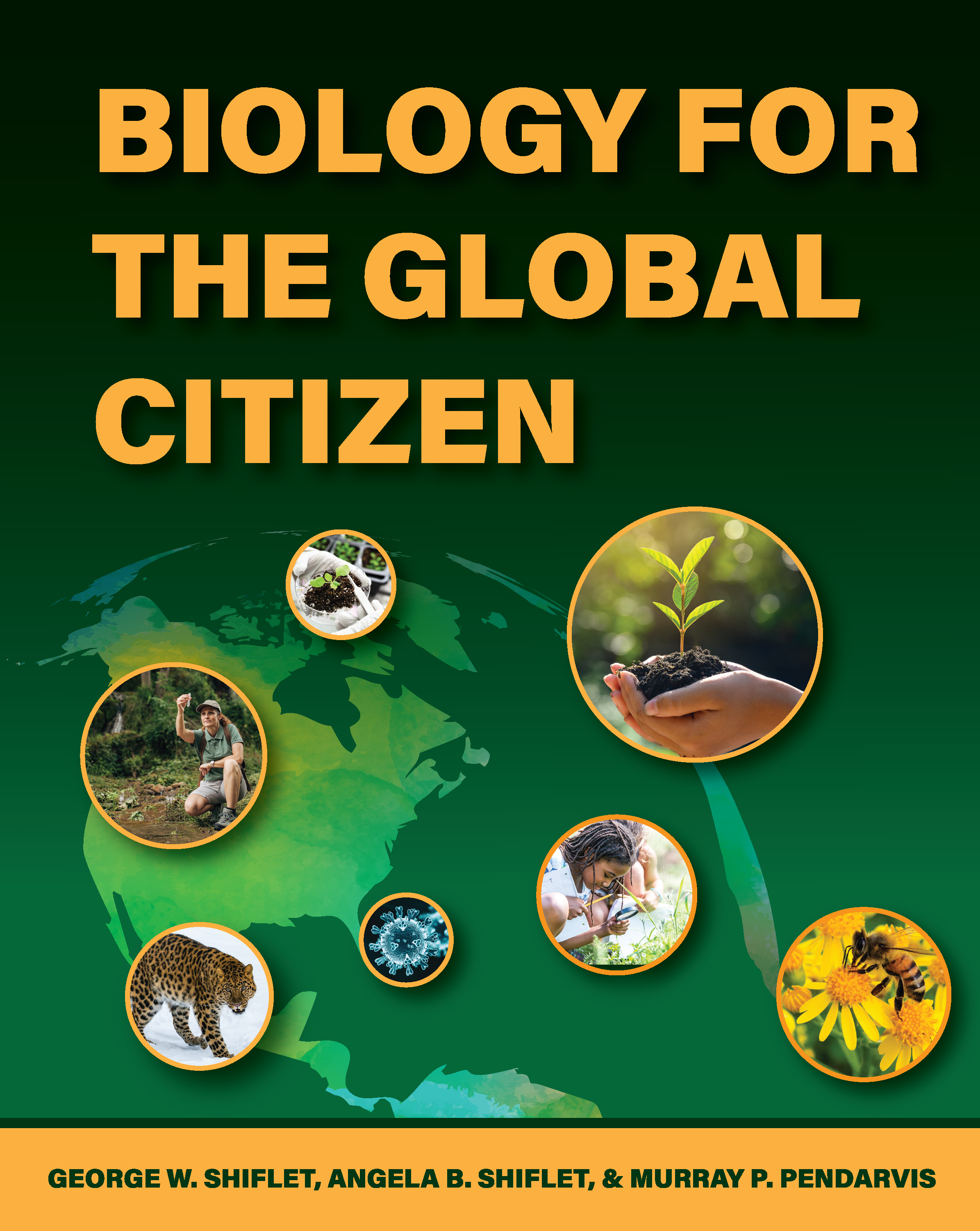in Science

|
What's News in Science 
|
Toxic Relations
by George Shiflet
|

Figure 1. Slow loris
Copyright © Silke Hahn at de.wikipedia at https://commons.wikimedia.org/wiki/File:Slow_Loris_2006.jpg
Looking at the cute, little animal in Figure 1, you might not suspect that is venomous. This animal is called a slow loris, a mammal and a primate, like you. Besides human beings and lorises, primates include lemurs, monkeys, and apes. What characteristics are common among various primates? Although there is considerable variation, they are characterized by a relatively large brain, with folding of the cerebral cortex, well-developed eyes, prehensile (grasping) feet and hands, with opposable thumbs. Nails often replace claws. Slow lorises are the only primates, however, that seem to produce venom. To see one in the wild, you would need to travel to southeast Asia, Malaysia, Indonesia. You can also watch the video from the link below:
Video of cone snail hunt: https://www.youtube.com/watch?v=DouObTrae1o&t=19s
In the natural world, animals have evolved a number of defensive or offensive weapons that help them defend needed resources like food, space, or mates. Animals exhibit structural features like horns, antlers, claws, tusks, etc., but they also may harbor chemicals that they inject or spray to kill, immobilize, offend potential competitors, predators or prey.
Slow lorises have brachial glands located on the inner side of their elbows. When they feel threatened, they raise their arms above their heads and lick the secretions from the glands (Figure 2). Mixing their saliva with the secretion, this toxic mix can be smeared on their heads or on the bodies of their young to discourage predators. They may also transfer venom through a bite. These bites are painful and venom components may cause edema (swelling) and necrosis (cell/tissue death). Wounds may become infected and fester. Healing is slow and often leads to scarring. One of the components of the venom is a protein, similar to a common cat allergen (substance causing an allergic reaction). In extreme situations, where a bite recipient is especially sensitive to the allergen, the venom may lead to anaphylactic shock (severe and potentially fatal reaction in individuals that are hypersensitive to the allergen). Aside from this allergenic component, we still do not know what other molecules are in the venom. Preliminary separation of the components reveal that some species have more than 200 different kinds of molecules, which are largely uncharacterized.

Figure 2. Slow lorises in defensive posture, whereby the arms are raised above the head to combine saliva with brachial gland exudate: N. menagensis, N. javanicus, and N. coucang.
Copyright © Nekaris, K. A. I.; Moore, R. S.; Rode, E.; Fry, B. G. at https://commons.wikimedia.org/wiki/File:Slow_lorises_in_defensive_posture_-_1678-9199-19-21-2.png
It is curious that such a damaging venom evolved in such modest creatures. Why would slow lorises have a venom? Anne-Isola Nekaris and her colleagues suggest the following hypotheses:
Nekaris, K. Anne-Isola, Richard S. Moore, E. Johanna Rode, and Bryan G. Fry. "Mad, bad and dangerous to know: the biochemistry, ecology and evolution of slow loris venom." Journal of Venomous Animals and Toxins including Tropical Diseases 19, no. 1 (2013): 21.
Nekaris, K.A.I., Marco Campera, Vincent Nijman, Hélène Birot, Eva Johanna Rode-Margono, Bryan Fry, Weldon Grieg, Ariana, Wirdateti Wirdateti, Muhammad Ali Imron, “Slow lorises use venom as a weapon in intraspecific competition.” Current Biology vol. 30, no. 20 (2020), PR1252 – R1253. DOI:https://doi.org/10.1016/j.cub.2020.08.084